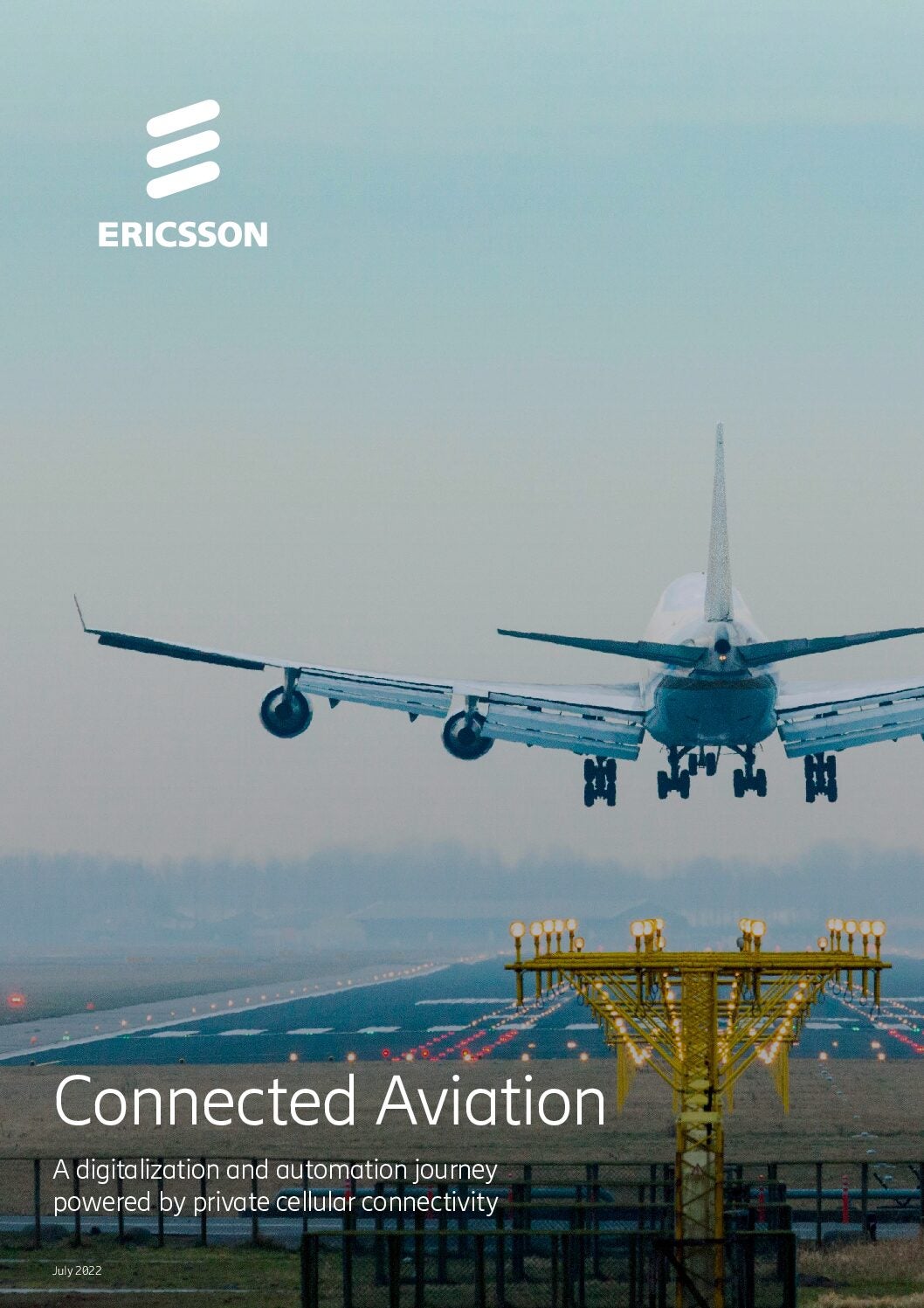
An airport’s baggage handling system plays a crucial role in maintaining its reputation as a major hub, especially when it comes to the likes of Heathrow Airport.
The UK’s first and most important hub, Heathrow Airport witnesses more than 80 million passengers annually, and recently upgraded its baggage screening machines by introducing the latest 3D-scanning technology.
How well do you really know your competitors?
Access the most comprehensive Company Profiles on the market, powered by GlobalData. Save hours of research. Gain competitive edge.

Thank you!
Your download email will arrive shortly
Not ready to buy yet? Download a free sample
We are confident about the unique quality of our Company Profiles. However, we want you to make the most beneficial decision for your business, so we offer a free sample that you can download by submitting the below form
By GlobalDataThe solution has been introduced at Heathrow’s Terminal 5, which handles circa 60,000 bags a day – a figure that further increases during holiday periods – and has now been provided with a completely automated baggage system.
The screening process, which starts after a bag has been dropped at departures, entails the suitcase being sent to an automated baggage-sorting facility via a conveyer belt located behind the passenger-facing terminal. This facility houses brand new hold-baggage screening (HBS) machines, which scan bags before they’re loaded onto the aircraft.
Taking a host of journalists around the facility during an exclusive press preview of the technology, Darryl Grinter, Terminal 5’s baggage project delivery manager said: “From when the bag goes into the system to when it comes out at the other end, it’s not really touched by human hands.
“Every bag is screened in a way that it is 100% secure before it gets to the aircraft. What we can’t afford to do is put the bag into the system, which might have a threat in it, and put it on an aircraft. That would mean that we need to call the aircraft back in. So there’s a lot of processes and testing that goes on.”
The new screeners work just like the CT scanners in hospitals, operating as an x-ray machine that scans a bag from 360 degrees and then creat images of it from every angle.
The system first identifies any potential suspicious or dangerous object inside a suitcase and then trace it and identify it through a combination of automated image recognition and human supervision. Following this procedure, the issue is dealt with through further inspection.
From an engineering perspective, one of the main challenges the project initially presented was that the infrastructure of the facility was tailored to the older machines and therefore had to be altered to support the new scanners. As Grinter explained, the process wasn’t as simple as removing the old machines and replacing them with the new ones, as the new scanners weighed seven metric tonnes and were twice as heavy and had bigger size.
As a result, replacing the old machines – which were deeply embedded in Heathrow’s structure – was no easy task and became a “keyhole surgery to the baggage system”.
Further difficulties rose from having to carry out the upgrade in a live airport, without affecting its ongoing operations. The new baggage lines had to be added while an older machine was not being used, while some floors even had to be lifted and changed to support the weight of the new machines.
The entire process of replacing the 29 screening machines with CT scanners took four years to complete, and every change made meant alterations to the high-level system, which tracks a bag from check-in to exit, were required. Each replacement took 12 weeks from start to finish, since most of the work had to be done in the night, within a four-hour window, to avoid any disruption to passengers.
Last week, Prime Minister Boris Johnson urged airports to introduce the 3D cabin baggage System by 1 December 2022 to cut down queuing times.
The upgrade was made to comply with the new regulations enforced by the European Union, which was later adopted by the UK’s Department of Transport and then required the airport to change its previous HBS machines from Standard 2 to Standard 3. According to Grinter, failing to do so by the deadline of 1 April 2019 would have meant shutting down the old machines, potentially causing the entire terminal to come to a halt.
Nevertheless, Terminal 5 made the switch to the new machines 35 days before the deadline. After the last installation of the new machines, the team rang a gong to celebrate the ceremony.
The technology is currently used in the hold baggage area; Heathrow is deploying it to scan hand luggage, as well so that passengers no longer need to remove liquids into a plastic bag.




